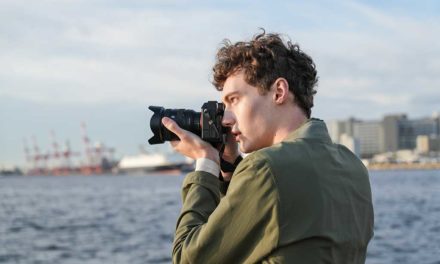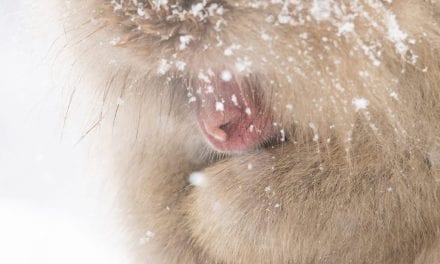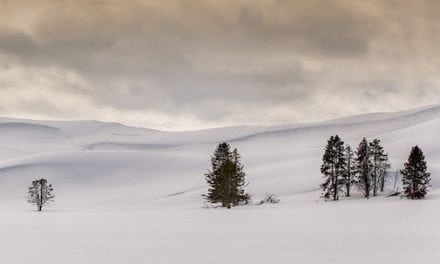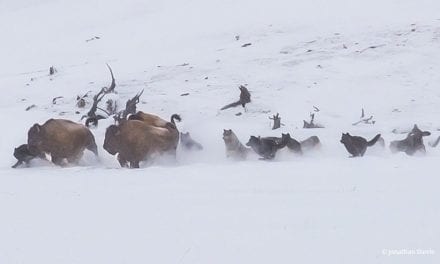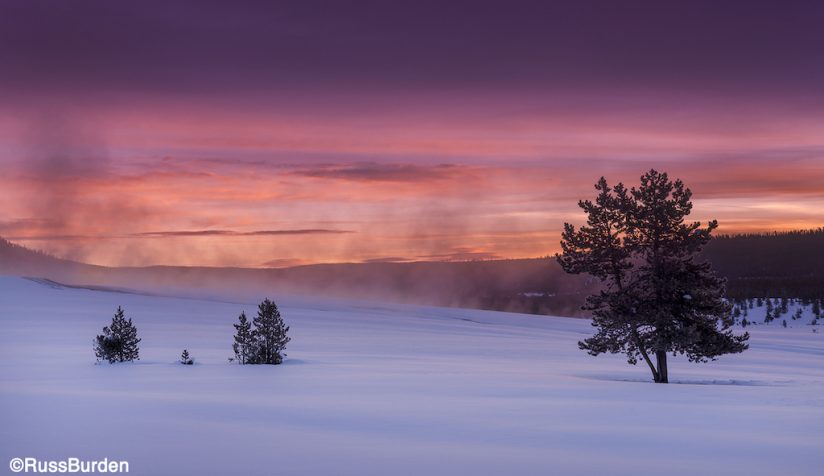
With every snap of my shutter, I dial into the sky and determine how it illuminates my primary subject. Unfortunately, the sky is often overlooked. This frequently has a huge and sometimes negative impact on the overall quality of the image, especially when one creates environmental portraits where the main subject takes up only a small portion of image real estate. I continue to live by my company motto, “It’s All About The Light,” and it behooves every photographer to realize how dramatic skies in landscape photography can make or break an image.
When a person views a photo, there are many scientific and psychological aspects that determine where the eye is drawn. An obvious psychological one, especially used in advertising, is color. Warm hues are magnets for the eye. Vibrant red, orange and yellow are used to entice a viewer and catch their attention. With regards to photography and often where capture errors are made, a scientific one comes into play. The brightest part of the image always ropes in an onlooker primarily for the wrong reason. When an area is too bright, it’s noticed immediately and it’s the first feature to be viewed. The aspect that determines this isn’t conducive to good photography is the brightest part of the image rarely is the main subject. It’s usually a highlight in the background, too bright a sky, a specular reflection of water, etc. Try to avoid these phenomena to attract people to your images for good reasons.
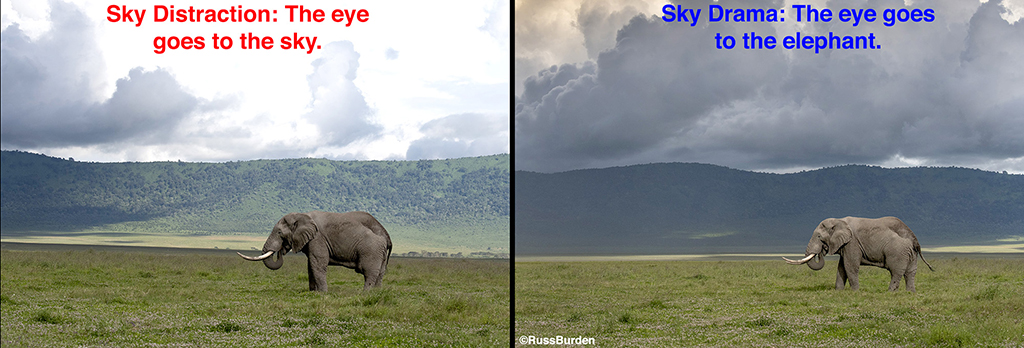
In the side-by-side comparison with the elephant, we were in the Ngorongoro Crater in Tanzania and we encountered the elephant on the left. It was the first elephant the participants saw and they simultaneously called out, “Stop the vehicle.” After only a few clicks of their shutters, I told them we were going to move 100 yards forward. They responded, “Are you crazy? Look at what we have right here!” “Trust me,” I said, and my guide and I smiled because he also saw the difference in the sky. In a matter of 30 seconds, we were remaking photos and I told everyone to look at their LCDs and note the difference between the very slightly different locations. We all wound up smiling and a quick and powerful lesson was taught. From that point on, everyone looked for drama in the sky and for situations where the subjects received more light than the sky or background!

In the side-by-side comparison of the misty sunrise, I was in Yellowstone National Park in winter with a group of friends. I always stop at one of my favorite sunrise locations on the way to Hayden Valley. On our first morning, the clouds were thick, but we stopped to make images. On our third morning, everything came together and we were treated to beautiful color. I love this particular spot because the snow reflects the sky, which helps narrow the contrast and also adds foreground dimension. When it comes to using dramatic skies in landscape photography, it’s essential to scrutinize the little things and not overlook how the snow subtly reflects the grand and dramatic sky. Another saying I have is, “Exhaust All Possibilities”—it proved beneficial in that I added more foreground than I normally would when the sky is electric and it proved positive.

As you can see, the key factor for capturing dramatic skies in landscape photography is a cloud formation. They have so much impact and power, clouds can completely change the dynamic of a photo even if made within minutes of each other. In the side-by-side comparison of subtle fall color in the Colorado high country, you’d almost think the images were made in two different places or on two different days. In actuality, one was made at 7:43 a.m. and the other at 7:46 a.m. From now on, pay close attention to how clouds and light interact with ALL your subjects, including the clouds themselves.
To learn more about this subject, join me on a photo safari to Tanzania. Visit www.russburdenphotography.com to get more information.
The post Using Dramatic Skies in Landscape Photography appeared first on Outdoor Photographer.











